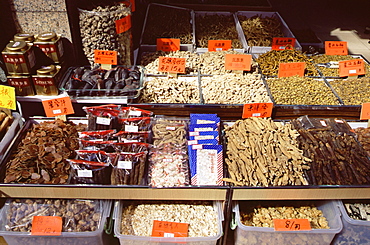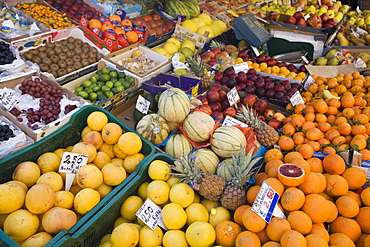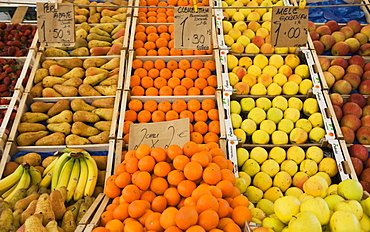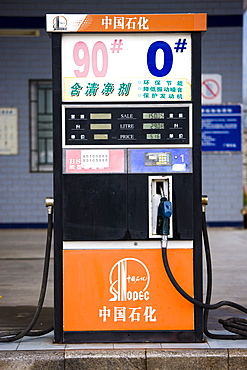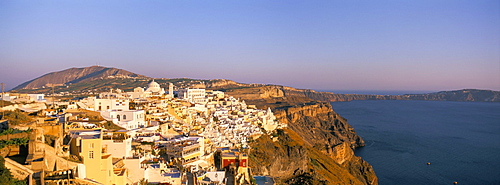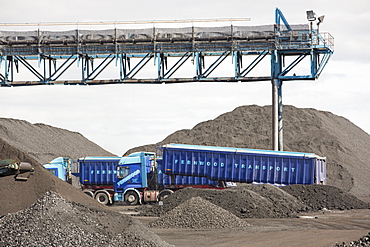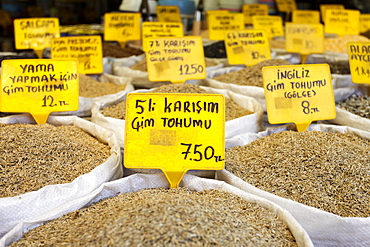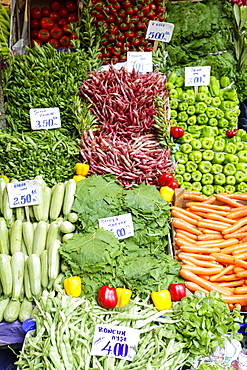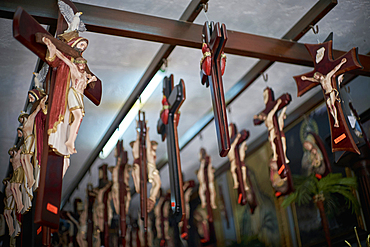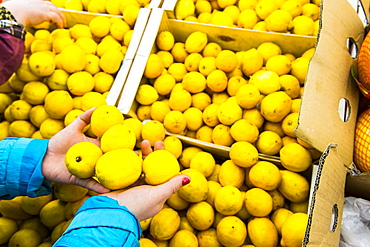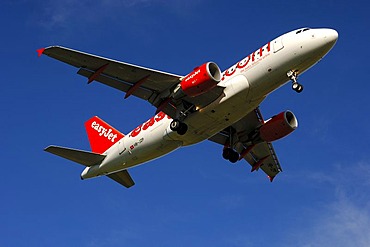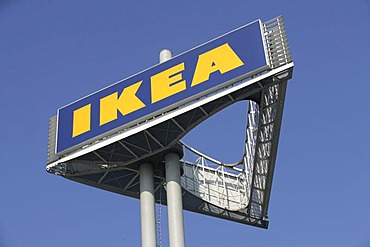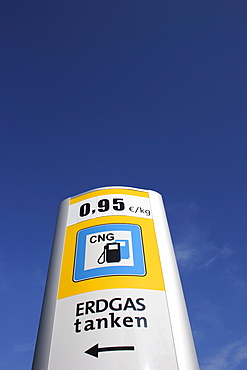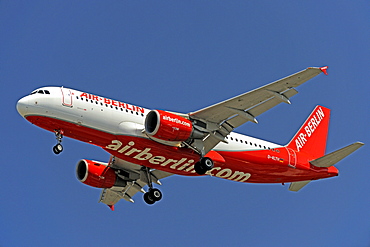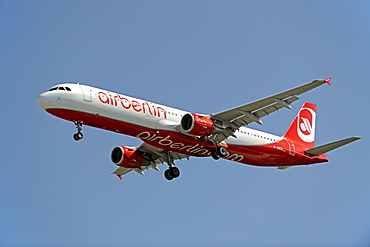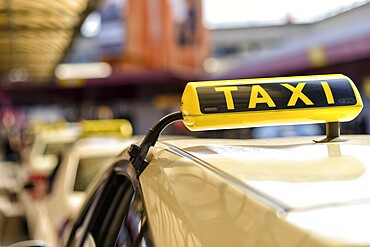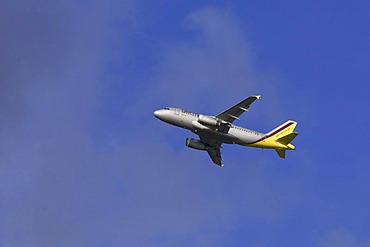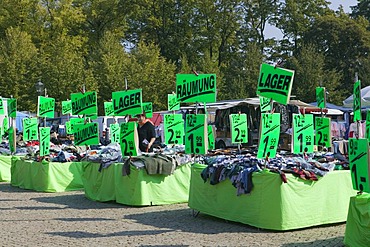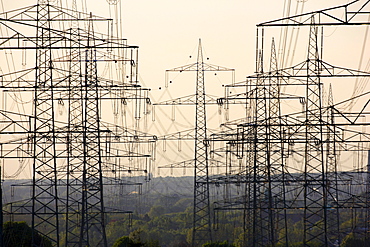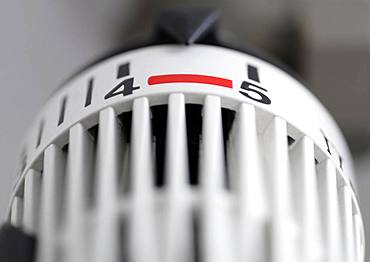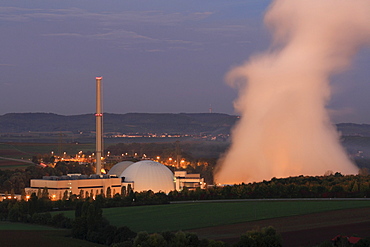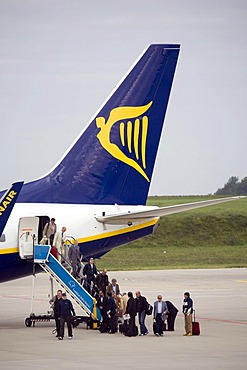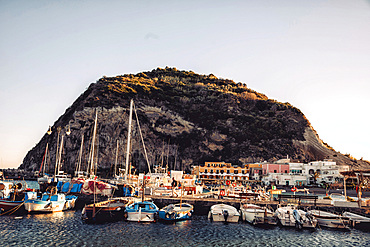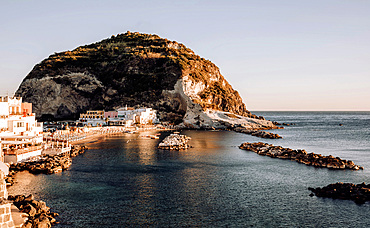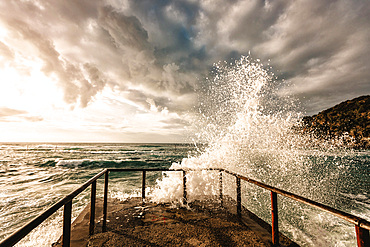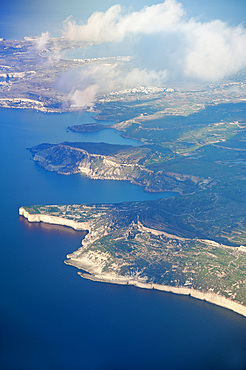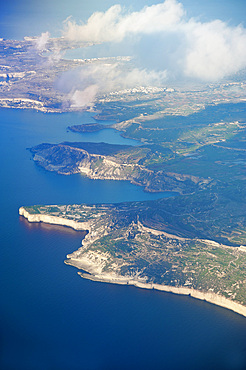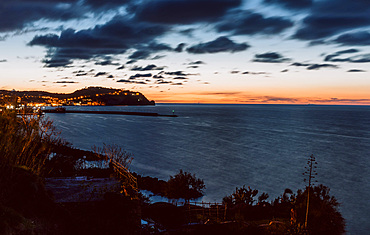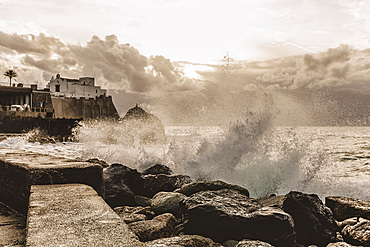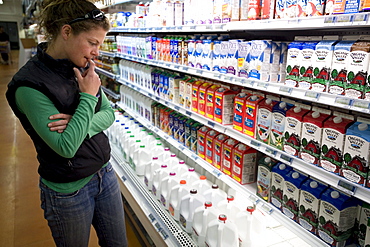Results
17 results found
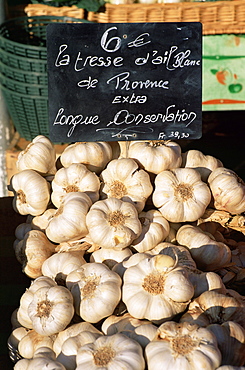
Garlic for sale on the market in Cours Saleya, Nice, Alpes Maritimes, Cote d'Azur, Provence, France, Europe

Artichokes for sale on market in the Rue Ste. Claire, Annecy, Haute Savoie, Rhone-Alpes, France, Europe
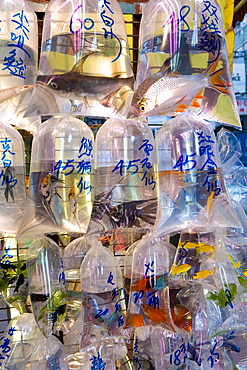
Fish in bags in Tung Choi Street, a street full of shops selling tropical fish, koi carp and goldfish, Mongkok, Hong Kong, China, Asia

Colourful red chillies on blue plates on a market stall in Kuching, Sarawak, Malaysian Borneo, Malaysia, Southeast Asia, Asia

Five miniature house models, one red and four green, are arranged on top of a stack of British pound banknotes. The banknotes are out of focus, suggesting the concept of cost or value.
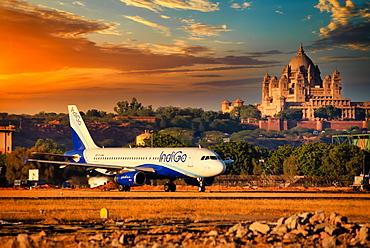
Indigo Airlines, Indian low cost carrier rolling out from Jodhpur Airport with the famous Umaid Bhawan Palace in background, Rajasthan, India, Asia

The Utah State Capitol Building, completed at a cost of 2.7 million dollars in 1916, its rotunda is 165ft tall, the building is home of the Senate and House of Representatives, Salt Lake City, Utah, United States of America (USA), North America
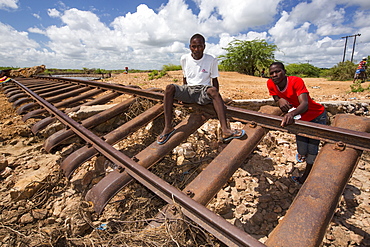
In mid January 2015, a three day period of excessive rain brought unprecedented floods to the small poor African country of Malawi. It displaced nearly quarter of a million people, devastated 64,000 hectares of land, and killed several hundred people. This shot shows a railway line that was washed away in Bangula.

In mid January 2015, a three day period of excessive rain brought unprecedented floods to the small poor African country of Malawi. It displaced nearly quarter of a million people, devastated 64,000 hectares of land, and killed several hundred people. This shot shows a drainage pipe that was washed away near Chikwawa.
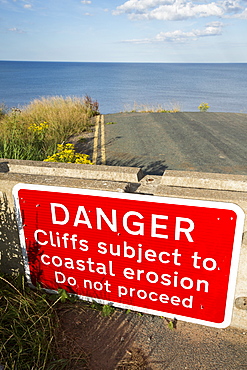
A collapsed coastal road near Skipsea on Yorkshires East Coast, UK. The coast is composed of soft boulder clays, very vulnerable to coastal erosion. This sectiion of coast has been eroding since Roman times, with many villages having disappeared into the sea, and is the fastest eroding coast in Europe. Climate change is speeding up the erosion, with sea level rise, increased stormy weather and increased heavy rainfall events, all playing their part.
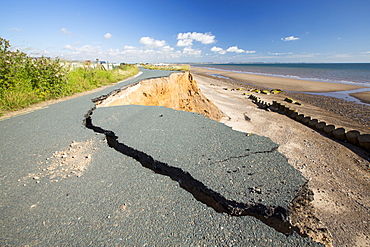
A collapsed coastal road at between Skipsea and Ulrome on Yorkshires East Coast, near Skipsea, UK. The coast is composed of soft boulder clays, very vulnerable to coastal erosion. This sectiion of coast has been eroding since Roman times, with many villages having disappeared into the sea, and is the fastest eroding coast in Europe. Climate change is speeding up the erosion, with sea level rise, increased stormy weather and increased heavy rainfall events, all palying their part.
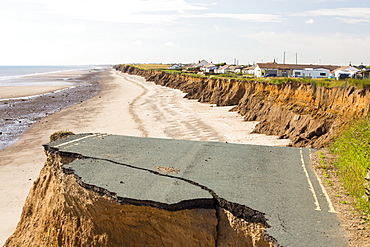
A collapsed coastal road at between Skipsea and Ulrome on Yorkshires East Coast, near Skipsea, UK. The coast is composed of soft boulder clays, very vulnerable to coastal erosion. This sectiion of coast has been eroding since Roman times, with many villages having disappeared into the sea, and is the fastest eroding coast in Europe. Climate change is speeding up the erosion, with sea level rise, increased stormy weather and increased heavy rainfall events, all palying their part.

A collapsed coastal road at Easingotn on Yorkshires East Coast, near Skipsea, UK. The coast is composed of soft boulder clays, very vulnerable to coastal erosion. This sectiion of coast has been eroding since Roman times, with many villages having disappeared into the sea, and is the fastest eroding coast in Europe. Climate change is speeding up the erosion, with sea level rise, increased stormy weather and increased heavy rainfall events, all palying their part.
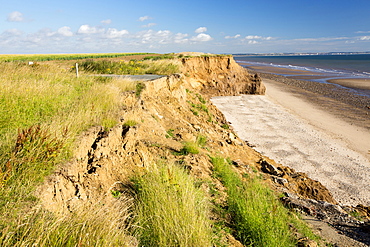
A collapsed coastal road at near Aldbrough on Yorkshires East Coast, near Skipsea, UK. The coast is composed of soft boulder clays, very vulnerable to coastal erosion. This sectiion of coast has been eroding since Roman times, with many villages having disappeared into the sea, and is the fastest eroding coast in Europe. Climate change is speeding up the erosion, with sea level rise, increased stormy weather and increased heavy rainfall events, all palying their part.
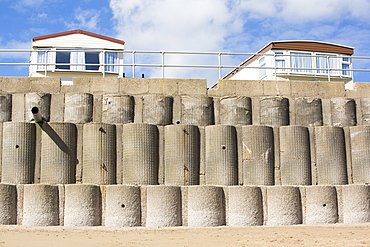
Concrete sea defences at Beach Bank Caravan Park in Ulrome near Skipsea on Yorkshires East Coast, UK. The coast is composed of soft boulder clays, very vulnerable to coastal erosion. This section of coast has been eroding since Roman times, with many villages having disappeared into the sea, and is the fastest eroding coast in Europe. Climate change is speeding up the erosion, with sea level rise, increased stormy weather and increased heavy rainfall events, all playing their part.

A collapsed coastal road at between Skipsea and Ulrome on Yorkshires East Coast, near Skipsea, UK. The coast is composed of soft boulder clays, very vulnerable to coastal erosion. This sectiion of coast has been eroding since Roman times, with many villages having disappeared into the sea, and is the fastest eroding coast in Europe. Climate change is speeding up the erosion, with sea level rise, increased stormy weather and increased heavy rainfall events, all palying their part.
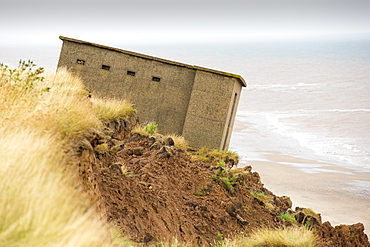
A Second world War lookout post leaning alarmingly and about to tumble over the edge of the cliff near Aldbrough on Yorkshires East Coast, UK. The coast is composed of soft boulder clays, very vulnerable to coastal erosion. This section of coast has been eroding since Roman times, with many villages having disappeared into the sea, and is the fastest eroding coast in Europe. Climate change is speeding up the erosion, with sea level rise, increased stormy weather and increased heavy rainfall events, all playing their part.
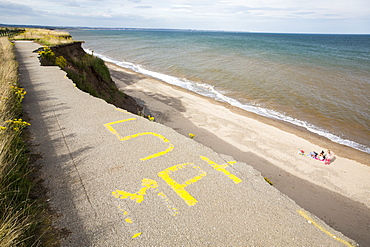
A collapsed coastal road at Barmston on Yorkshires East Coast, near Skipsea, UK. The coast is composed of soft boulder clays, very vulnerable to coastal erosion. This sectiion of coast has been eroding since Roman times, with many villages having disappeared into the sea, and is the fastest eroding coast in Europe. Climate change is speeding up the erosion, with sea level rise, increased stormy weather and increased heavy rainfall events, all palying their part.

Old ship hulls being used to provide shelter to a ship yard at Salt End on the Humber Estuary, near Hull, Yorkshire, UK.
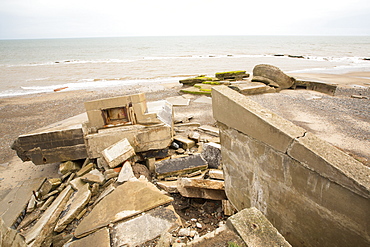
The Remains of the Godwin battery on the beach at Kilnsea at the head of Spurn point on Yorkshires East Coast, UK. Initially constructed during the First World War, the Godwin Battery was added to during the Second World War. It comprised of gun emplacements, search light, barracks, officers’ mess, and a hospital. This section of coastline is the fastest eroding coastline in Europe. The soft boulder clay cliffs are easily eroded and have been eroding since Roman Times, but recently the climate change impacts of increased stormy weather, increased heavy rainfall events and sea level rise have accelerated the rate of erosion. The average rate of attrition is 1.5metres per year, last year it was 5 metres.
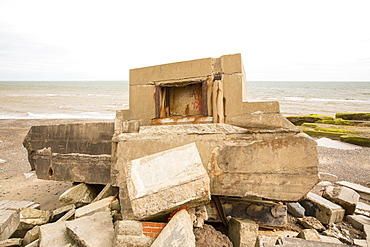
The Remains of the Godwin battery on the beach at Kilnsea at the head of Spurn point on Yorkshires East Coast, UK. Initially constructed during the First World War, the Godwin Battery was added to during the Second World War. It comprised of gun emplacements, search light, barracks, officers’ mess, and a hospital. This section of coastline is the fastest eroding coastline in Europe. The soft boulder clay cliffs are easily eroded and have been eroding since Roman Times, but recently the climate change impacts of increased stormy weather, increased heavy rainfall events and sea level rise have accelerated the rate of erosion. The average rate of attrition is 1.5metres per year, last year it was 5 metres.
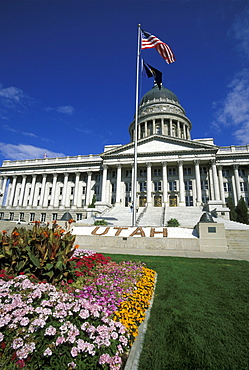
The Utah State Capitol Building, completed at a cost of 2.7 million dollars in 1916, its rotunda is 165ft tall, the building is home of the Senate and House of Representatives, Salt Lake City, Utah, United States of America (USA), North America

Basilisk or Jesus Christ Lizard (Basiliscus basiliscus) Wild Adult Male. Osa Peninsula, Cost Rica, Central America. MORE INFO: This animal is known as the Jesus Lizard or Jesus Christ Lizard for its ability to run on the surface of water in order to evade predators.

Information at the Sellafield nuclear power station visitor centre, Cumbria, England, United Kingdom, Europe
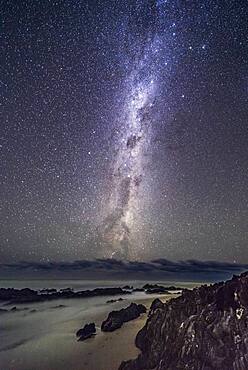
The Dark Emu of aboriginal sky lore rising out of the Tasman Sea, from the south cost of Victoria, Australia. From Cape Conran on the Gippsland Coast. Carina is just above centre, Crux, the Southern Cross is at centre, and Centaurus is below Crux. The False Cross is at top.
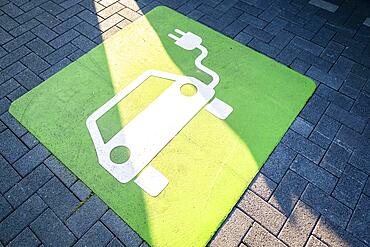
An e-car charges at a public charging station in Duesseldorf, North Rhine-Westphalia, Germany, Europe

Two smiling women wearing summer hats and sunglasses are choosing souvenirs at a seaside shop while enjoying their vacation

Young woman wearing summer dress and sun hat selecting flip flops in a souvenir shop at seaside resort

Two women shopping for clothes, looking at colorful garments on hangers in a fashion store, enjoying their leisure time

Cheerful black woman examining a vibrant garment while shopping in a stylish modern clothing store, enjoying the retail experience
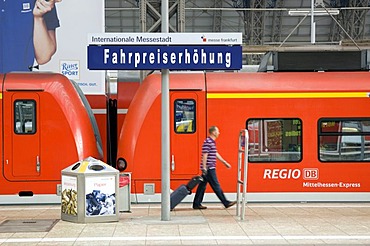
Sign, fare increase, Deutsche Bundesbahn German Railways, Central Station, Frankfurt, Hesse, Germany, Europe
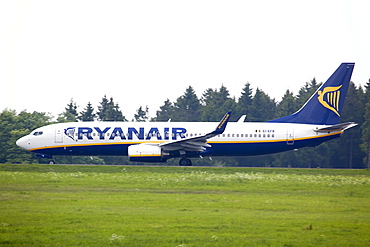
Boeing 737 from the budget airline Ryanair at Frankfurt-Hahn Airport in the Hunsrueck district near Simmern, Rhineland-Palatinate, Germany, Europe
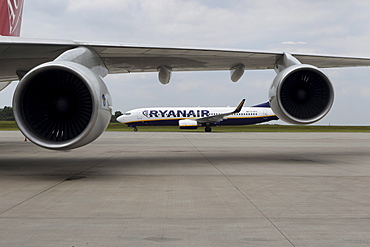
A Boeing 737_800 of the the Irish low-cost airline Ryanair passing a Boeing 747 cargo machine, Flughafen Frankfurt-Hahn airport, Lautzenhausen, Rhineland-Palatinate, Germany, Europe

Doctor's stethoscope and a five euro banknote, symbolic image for the payment of five euro per doctor visit
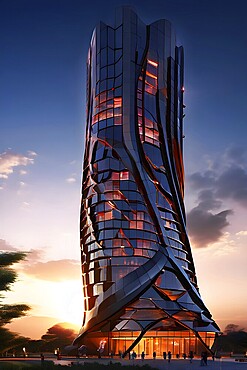
Futuristic skyscraper with termite mounds for natural ventilation and energy efficiency, AI generated

East cost with Resort Eden Island, Ile au Cerf, Ste Anne Marine National Park, Mahe Island, Seychelles, Africa

